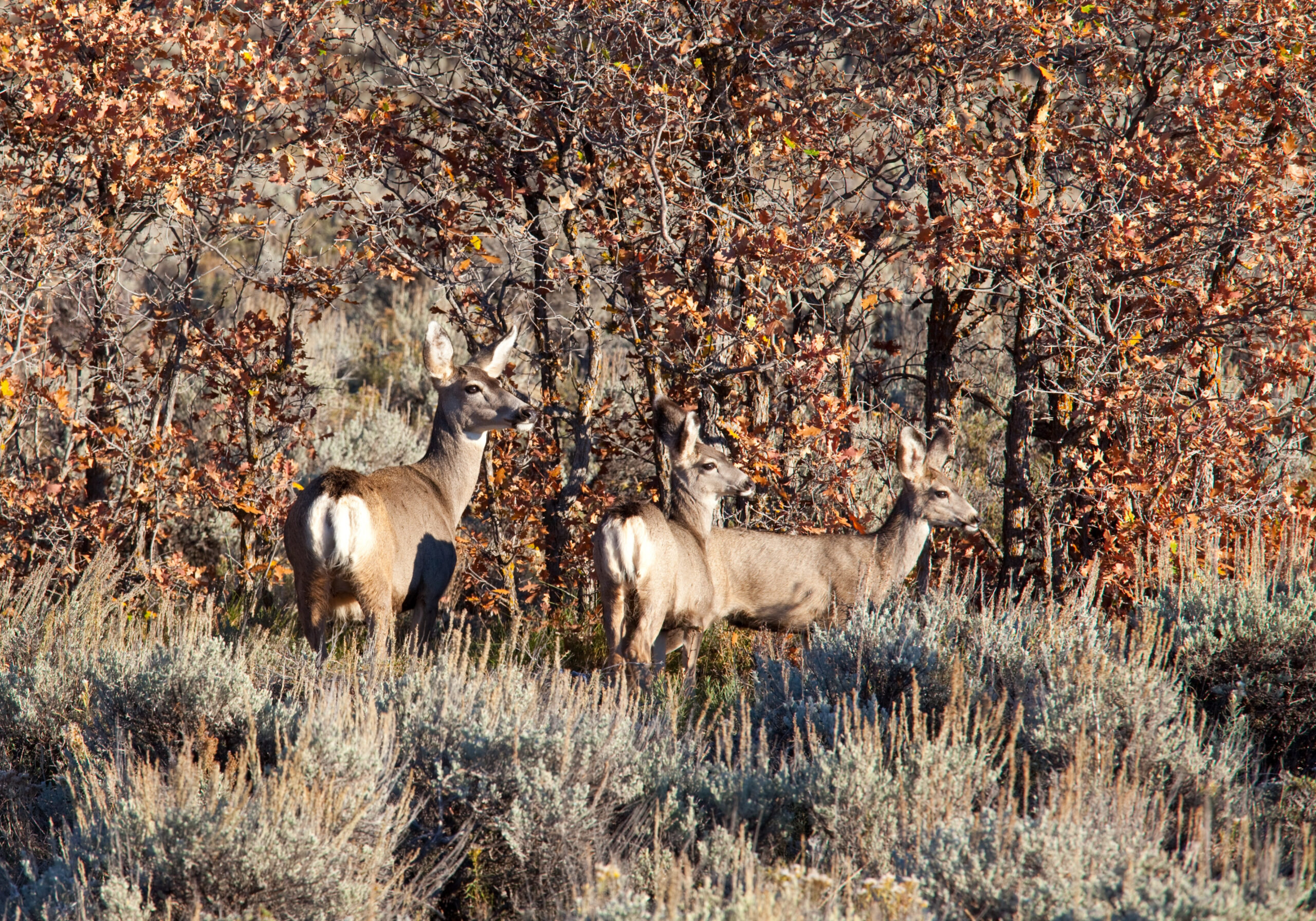The Rokcast episode OP mentioned launched today:

 www.rokslide.com
www.rokslide.com
or search "What Mule Deer Eat" on Rokcast wherever you listen to podcasts
Good work @Bull_n_heat on this thread and the episode

What Mule Deer Eat with Luke Schultz - Rokslide
Learning what mule deer eat is one of the top questions Luke Schultz and Robby get from mule deer hunters and this episode aims to answer that question.
or search "What Mule Deer Eat" on Rokcast wherever you listen to podcasts
Good work @Bull_n_heat on this thread and the episode
